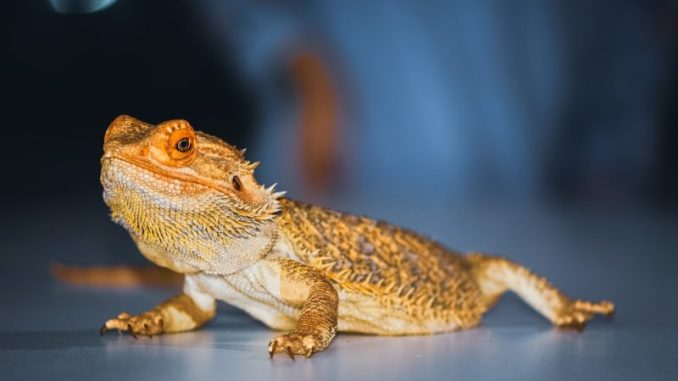
When considering a new pet, many people ask, Are bearded dragons good pets? This question is quite pertinent as choosing a pet requires understanding its needs, behaviors, and how well it fits into your lifestyle. Bearded dragons, with their calm demeanor and manageable care requirements, are often recommended for both novice and experienced reptile enthusiasts. This comprehensive guide will delve into what makes these creatures wonderful companions and cover all aspects of their care and lifestyle.
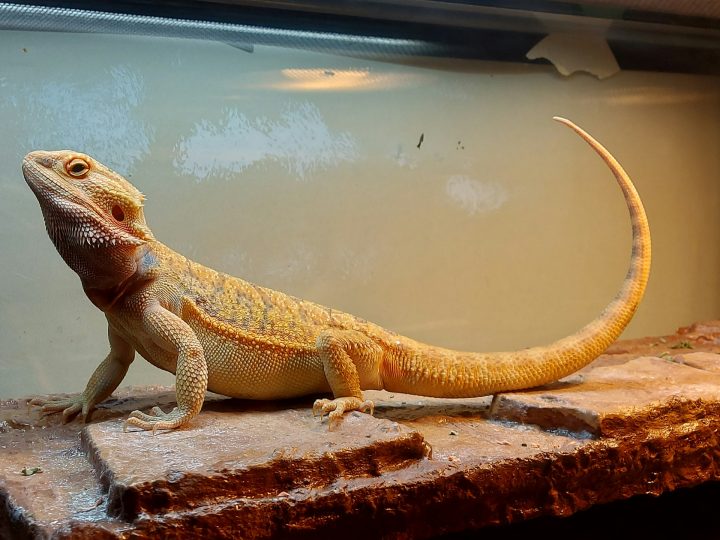
What Are Bearded Dragons?
Before diving into the specifics of their care, it’s essential to understand what bearded dragons are. Native to Australia, bearded dragons are medium-sized lizards known for their friendly and easygoing nature. They get their name from the beard of skin under their chin that puffs up and turns black when they are stressed or threatened. Typically, they have a lifespan of 10-12 years in captivity, making them a long-term commitment for pet owners.
Exploring the diverse species of bearded dragons, one can find a wide range of sizes, colors, and patterns. From the classic inland bearded dragon to the vibrant and spiny central bearded dragon, each species offers unique characteristics that captivate reptile enthusiasts. Understanding the distinct features and care requirements of these different species is crucial for providing the best possible environment and ensuring the long-term health and well-being of these remarkable reptiles.
Where Do Bearded Dragons Live?
In the wild, bearded dragons inhabit arid, rocky areas with sparse vegetation. They are adept climbers and often bask on branches, rocks, and bushes in the warm Australian sun. For pet bearded dragons, replicating this environment is crucial for their wellbeing. They require a terrarium with plenty of space to climb and explore, along with proper heating and UV lighting to mimic their natural habitat.
Choosing the Right Bearded Dragon: Where to Buy Bearded Dragons
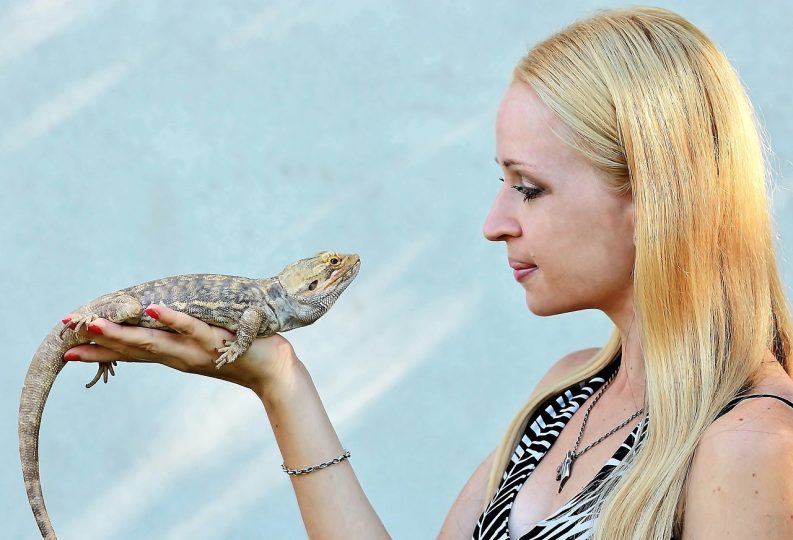
When you decide to add a bearded dragon to your family, knowing where to buy one is crucial. It’s recommended to purchase from reputable breeders or rescue centers rather than pet stores where the origins and health of the animals might not be well-documented. Reputable sources can provide health records and valuable information about the lizard’s origin, diet, and behavior.
Dietary Needs: How Often Do Bearded Dragons Eat?
Understanding the feeding needs of bearded dragons is essential for their health. Juvenile dragons require daily feeding as they are growing rapidly, while adults thrive on a less frequent feeding schedule typically every other day. Their diet should include a variety of insects such as crickets and mealworms, along with fresh vegetables like carrots and kale.
Breeding Insights: When Is Mating Season for Bearded Dragons?
If you’re considering breeding bearded dragons, knowing about their mating season is important. In captivity, mating typically occurs in the spring and early summer months. During this time, it’s vital to ensure that both male and female dragons are healthy and well-nourished to handle the demands of breeding.
Understanding Your Pet: How to Tell a Bearded Dragon’s Gender
Determining the gender of your bearded dragon can be tricky without experience. Generally, males have larger heads and thicker tails than females. Additionally, males have two bulges at the base of their tail while females have only one. Knowing the gender is particularly important if you plan on housing more than one dragon together as males can become territorial.
Favorite Treats: What Is a Bearded Dragon’s Favorite Food?
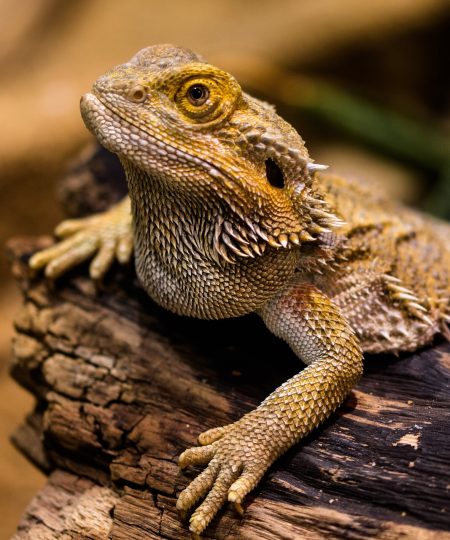
While bearded dragons enjoy a varied diet, they do have favorites. Many seem particularly fond of soft fruits like mangoes or berries. These treats should only make up a small portion of their diet due to sugar content but can be great for occasional indulgence.
1. **Insects:** – **Crickets:** These are a staple in the diet of many bearded dragons. They are rich in protein and relatively easy for the dragons to catch and eat.
**Dubia Roaches:** Another excellent source of protein, dubia roaches are also less likely to carry diseases compared to other insects.
**Mealworms and Superworms:** These should be given sparingly as treats because they are high in fat.
2. **Vegetables:** – **Collard Greens:** High in vitamins and minerals, collard greens are great for bearded dragons.
**Mustard Greens:** Similar to collard greens, mustard greens are another nutritious option.
**Bell Peppers:** These can add variety and color to their diet, which can stimulate their appetite.
3. **Fruits (in moderation):** – **Mango:** This is often a favorite among bearded dragons due to its sweetness.
**Berries (strawberries, blueberries):** These fruits are tasty treats that should be given occasionally due to their sugar content.
4. **Commercial Bearded Dragon Food:** There are also commercial pellets available that are formulated specifically for bearded dragons. These can be a convenient supplement to their diet but should not replace fresh food.
Feeding Tips
**Variety is Key:** Regularly rotate the foods you offer to provide a range of nutrients.
**Proper Size:** Ensure that the size of the food items is appropriate for the size of the bearded dragon to prevent choking or digestive issues.
**Moderation with Fruits:** Due to their high sugar content, fruits should only be given occasionally as a treat.
**Calcium Supplement:** Dusting food with a calcium supplement is often necessary to prevent metabolic bone disease.
It’s important to consult with a veterinarian or a reptile nutrition expert to create a balanced diet plan tailored specifically for your bearded dragon’s age, health, and lifestyle needs.
Interesting Bearded Dragon Facts
Setting Up Their Home: Essential Supplies for Bearded Dragons
Creating an ideal living space for your bearded dragon involves several key supplies:
**Terrarium**: At least 40 gallons for an adult.
**Heating**: Basking spot with temperatures around 95-100°F.
**Lighting**: UVB light essential for calcium metabolism.
**Substrate**: Newspaper or reptile carpet recommended.
**Decor**: Rocks, branches for climbing; hideaways for security.
Daily Care Routine: Keeping Your Bearded Dragon Healthy
A daily care routine helps keep your bearded dragon healthy:
1. **Feeding**: Based on age-related needs.
2. **Cleaning**: Spot clean daily; full clean weekly.
3. **Health checks**: Regularly check for signs of distress or illness.
4. **Interaction**: Daily handling recommended to build trust.
Bearded Dragons as Educational Pets: Inspiring Reptile Appreciation

Bearded dragons have the unique ability to serve as captivating educational tools, inspiring a greater appreciation for reptiles and their role in the natural world. These charismatic creatures can be powerful ambassadors, fostering a deeper understanding of reptile biology, behavior, and conservation efforts.
Utilizing bearded dragons in educational settings, such as schools, nature centers, or community events, can provide hands-on learning experiences that engage both children and adults. By allowing participants to observe and interact with these gentle reptiles, under the guidance of knowledgeable handlers, the misconceptions and fears surrounding reptiles can be dispelled. Participants can learn about the adaptations, habitats, and ecological importance of bearded dragons, as well as other reptile species.
Beyond the classroom or educational setting, bearded dragons can also serve as ambassadors for reptile conservation efforts. By sharing the stories and unique characteristics of these remarkable creatures, owners and enthusiasts can inspire a greater appreciation for the diverse reptile community and the importance of protecting their natural habitats. This increased awareness can lead to more informed and engaged individuals who are motivated to support conservation initiatives and make a positive impact on the well-being of reptile populations.
Fostering a deeper understanding and appreciation for bearded dragons and other reptiles can have a lasting impact on the community. By engaging people, especially children, in hands-on learning experiences, the fascination and respect for these often-misunderstood creatures can grow, ultimately contributing to a more informed and compassionate society that values the role of reptiles in the natural world.
Handling Your Bearded Dragon: Tips for Bonding
Handling your bearded dragon gently each day can help in forming a bond between you two: – Always approach from the side rather than above. – Support their entire body when lifting. – Allow them time outside their cage in a safe environment.
Common Health Issues in Bearded Dragons
Be aware of common health issues like metabolic bone disease due to insufficient UVB light or calcium deficiency; respiratory infections from poor cage conditions; impaction from incorrect substrate ingestion.
The Joys of Owning a Bearded Dragon: Reasons Why They Make Exceptional Companions
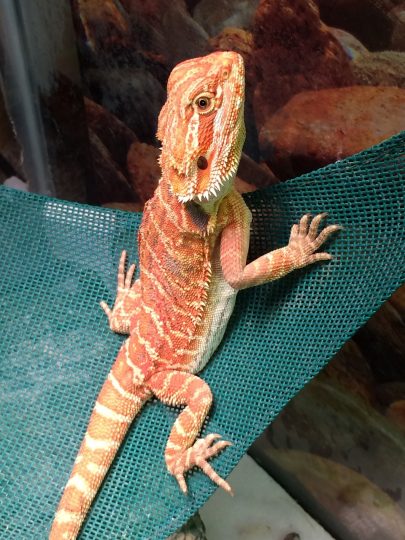
Bearded dragons have captivated the hearts of many reptile enthusiasts, and for good reason. These unique creatures possess a range of endearing qualities that make them exceptional companions for those seeking a rewarding reptile experience.
One of the most notable traits of bearded dragons is their engaging and interactive nature. These reptiles are known for their curious and often-friendly demeanor, often approaching their owners and even enjoying gentle interactions, such as hand-feeding or light petting. Their ability to form strong bonds with their human caretakers is a testament to their intelligence and adaptability, making them a truly rewarding pet for those willing to invest the time and effort in building a relationship.
Bearded Dragons Personality
Bearded dragons also boast a diverse range of personalities, with each individual exhibiting its own unique quirks and behaviors. From the calm and docile to the more outgoing and playful, these reptiles can provide endless entertainment and joy for their owners. Observing the intricate behaviors and social interactions of a bearded dragon can be a truly fascinating experience, fostering a deeper appreciation for these remarkable creatures.
The long-term commitment required for owning a bearded dragon is another factor that sets them apart as exceptional companions. With proper care and a dedicated owner, these reptiles can live for 10 to 15 years, allowing for a lasting and meaningful bond to develop over time. This long-term companionship can be incredibly rewarding, as owners witness the growth and development of their bearded dragon friend throughout the years.
Ultimately, the joys of owning a bearded dragon stem from their captivating personalities, their ability to form strong bonds with their owners, and the deep sense of fulfillment that comes from providing a loving and enriching environment for these remarkable reptiles. For reptile enthusiasts seeking a truly exceptional companion, the bearded dragon stands out as a truly remarkable choice.
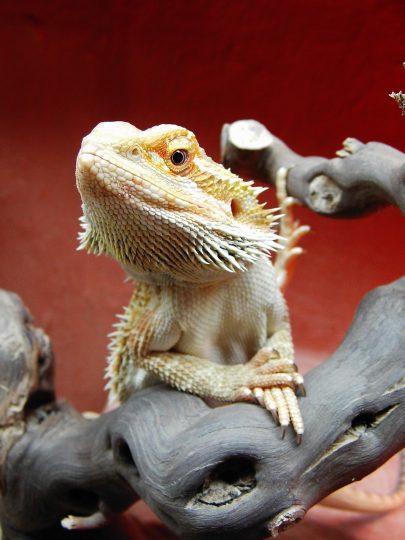
Conclusion
So, are bearded dragons good pets? Absolutely! With their friendly nature and manageable care requirements, they make excellent companions for those willing to invest time into proper habitat setup and routine care. Whether you’re an experienced reptile lover or just starting out, a bearded dragon can be a rewarding addition to your home if you’re prepared for the commitment they require.





Be the first to comment